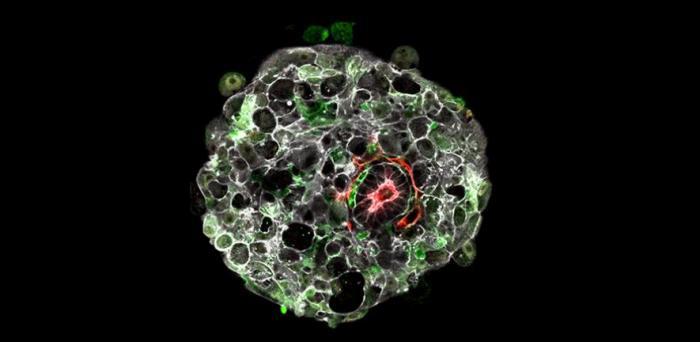The second week of gestation represents a critical stage of embryo development, or embryogenesis. Failure of development during this time is one of the major causes of early pregnancy loss. Understanding more about it will help scientists to understand how it can go wrong, and take steps towards being able to fix problems.
The pre-implantation period, before the developing embryo implants into the mother’s womb, has been studied extensively in human embryos in the lab. On the seventh day the embryo must implant into the womb to survive and develop. Very little is known about the development of the human embryo once it implants, because it becomes inaccessible for study.
Pioneering work by Professor Magdalena Zernicka-Goetz and her team developed a technique, reported in 2016, to culture human embryos outside the body of the mother beyond implantation. This enabled human embryos to be studied up to day 14 of development for the first time.
In a new study, the team collaborated with colleagues at the Wellcome Sanger Institute to reveal what happens at the molecular level during this early stage of embryogenesis. Their findings provide the first evidence that a group of cells outside the embryo, known as the hypoblast, send a message to the embryo that initiates the development of the head-to-tail body axis.
When the body axis begins to form, the symmetrical structure of the embryo starts to change. One end becomes committed to developing into the head end, and the other the ‘tail’.
The new results, published in the journal Nature Communications, reveal that the molecular signals involved in the formation of the body axis show similarities to those in animals, despite significant differences in the positioning and organisation of the cells.
Reproduced courtesy of the University of Cambridge
